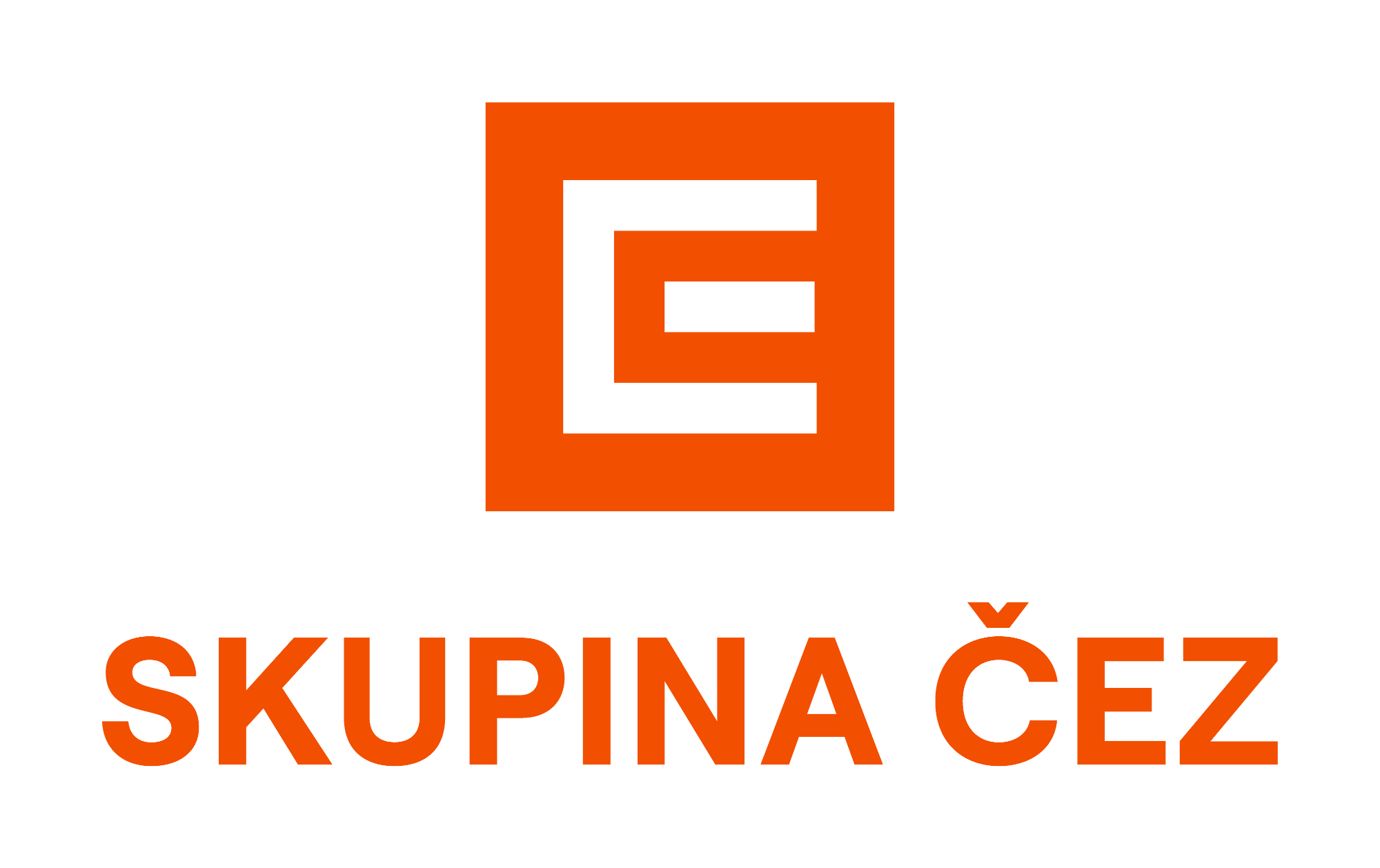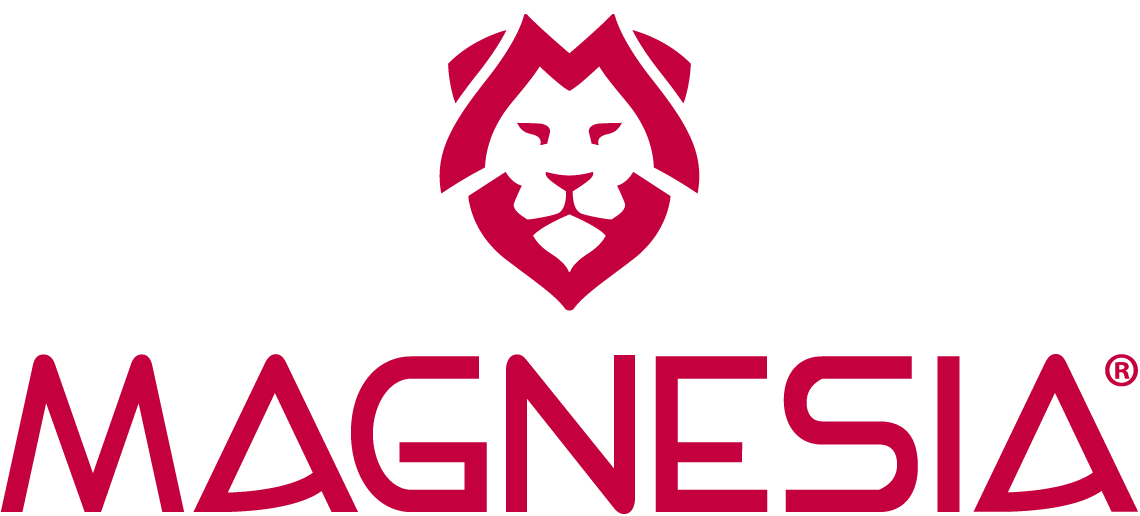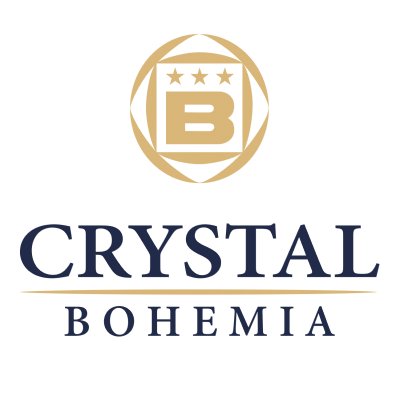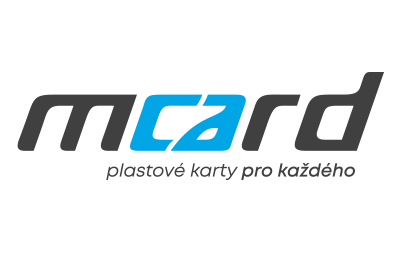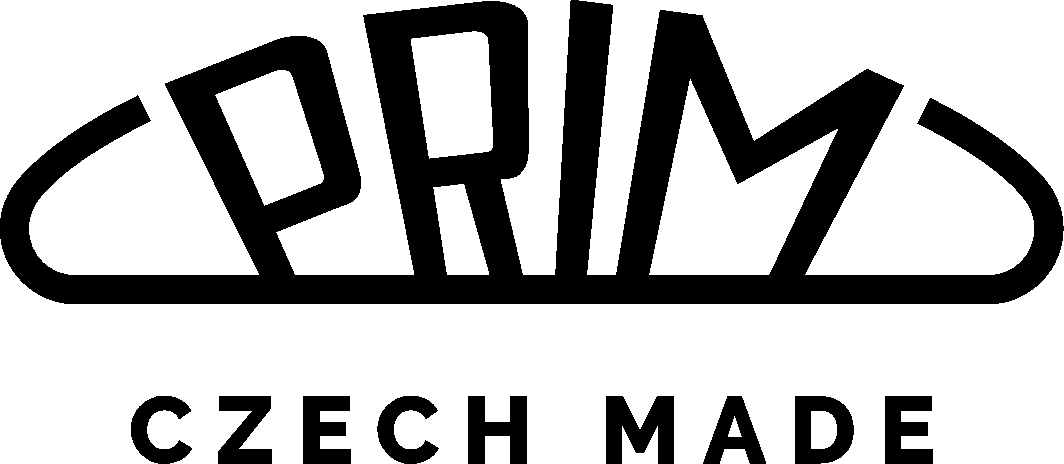Communist propaganda could go into overdrive. In 1985, the Peace Race peloton finally appeared on the territory of the Soviet Union, and the dream of the apparatchiks to connect the Central European satellites with the cradle of the socialist experiment was fulfilled. However, none of the political leaders of the time could have imagined that the traditional "With the Soviet Union forever" would ring hollow immediately after the following edition of the cycling pearl of the East, which was cruelly affected by the nuclear disaster at the Chernobyl power plant.
A milestone in the history of the Peace Race! The peloton enters the Soviet Union for the first time! Its chroniclers welcomed the expansion of the "Slavic Tour" in the rhetorical spirit of the time. Nevertheless, right from the early years the Soviets were present in the Peace Race peloton, and the first concrete idea of inviting the Russian newspaper Pravda as a co-organizer and expanding to a country where "tomorrow means yesterday" came after the 31st edition in 1978.

In the end, it was another seven years before the “peace” peloton actually got to see the USSR. 1985 was an important milestone not only in the history of the Soviet Union, but in principle for the whole of Europe and, by extension, the world. In March, Mikhail Gorbachev came to power, whose efforts to reform a stagnant system and a limping economy led to political emancipation in the satellite countries and effectively laid the foundations for the breakup of the Eastern Bloc.
When first edition of the Peace Race in Moscow too place, which hosted three stages, there were still a few years left before the revolutionary events of the late 1980s. On May 9, attention was mainly focused on who would become the first ever winner on the territory of the USSR. However, brilliant sprint from local hero Riho Suun resulted in a thunderous ovation from hundreds of thousands of spectators on the Moscow avenues. The enthusiasm was endless, and Kyiv was chosen as the stage city for the following year. At the time, no one could have guessed that the year 1986 would go down in history as the year of the most serious nuclear energy accident in history.
An ominous silence
Ten days before the start of the 39th edition of the Peace Race in Kyiv, on the night of April 26, a fatal human error at the Chernobyl power plant 130 km away, caused one of the reactors to explode during an operational test. The subsequent release of radioactive substances contaminated the surroundings within a radius of 30 km, and the radioactive cloud eventually spread over Scandinavia. Soviet leadership then made the situation worse by initially trying to hide the entire disaster from the world.
But rumours spread and the cyclists learned about the accident, which scared the whole of Europe, before the end of April. "During the race in Italy, one of the West German cyclists came to us saying that a nuclear power plant had exploded and that the Peace Race would only start from Poland," recalled cyclist Vladimír Kozárek. Speculation grew stronger, but the co-organisers of the Peace Race from Czechoslovakia, Poland and the former GDR, were faced with an ominous silence from the Soviet Union.
This psychological game had an unfortunate effect. Fear of the possible effects of radiation led to mass withdrawals, and while a year earlier 129 competitors lined up at the start of the Peace Race, in the eighty-sixth only 64 riders gathered in Kyiv. And it is probably not surprising that these six dozen riders were from the Eastern bloc, who were ordered to start against the threat of possible consequences to their sports careers.
Kozárek was branded
"To refuse would bring one’s career to an end. The Peace Race was a purely political affair. Everything was under the patronage of the Czechoslovak government. It was unthinkable that we wouldn't take part in it," said Jozef Regec, the top Czech competitor in the 39th edition.
The only one to avoid the compulsory participation was Vladimír Kozárek.
"But I'm no hero. I was genuinely sick and had a fever. I went through extensive medical tests in Brno to rule out that I was faking. Nevertheless, I was branded a malingerer and in 1987 I was not allowed to participate, even though I nominated myself. They didn't even let me go to the World Cup. But in the end things turned out quite well, I was able to race until 1994," recounted the former competitor with a bitter smile, looking back after a period of twenty years.
Leave it to the comrades to sort out
Proposals to move the start to Warsaw, where the Peace Race was supposed to continue after the opening four stages in Kyiv, fell through. "It was important to prevent an impending organisational fiasco and face up to fears of a possible health threat to the participants," recalls Jan Chaloupka, one of the members of the organising committee on the Czechoslovak side, in his book “Závod míru aneb Tour Východu”.
But the reaction of the political leaders was negative.
"I can imagine how Comrade Biľak (then secretary of the Central Committee of the Communist Party for Foreign Policy and Ideology) would react if I present your proposal," responded the editor-in-chief of Rudé právo, who was the de facto co-organizer of the race, to a request to present this burning issue to the Politburo. "Guys, leave it to the comrades in the Soviet Union, they always manage," he was supposed to have said during an interview. In the end, the rhetoric of the Soviet side was laconic: "Don't worry, we're handling the situation, come to the start." And so it went ahead.
According to the those present, a strangely uncertain situation prevailed in Kyiv. "There was a certain fear in us, but we all secretly hoped that the situation on the ground would not be as bad as it had been painted. However, I believe that the people of Kyiv did not know at all what happened in Chernobyl and what the situation was there," recounted Regec in a commemorative interview on the 20th anniversary of the accident for Aktuálně.cz.
A dark legacy for Regec
A native of Kežmarok and later a Slovak senator, he was one of the heroes of the 39th edition. He won the first stage in Kyiv, rode in yellow for a long time and finally reached Berlin in seventh place overall. "I didn't hesitate to compete. It was an excellent start to a career. It benefited me a lot in the future," recalled the man nicknamed Rexo.

But twenty years later, Kiev came back to haunt him. Doctors diagnosed him with a malignant tumour and removed his left kidney. Could it be a consequence of 1986? "The consultant did not confirm the connection with competing in Ukraine, but he did not discount it either," shrugged Regec. "He would deserve compensation of 50 million. Did anyone do time for it? No one. Even though there were always a lot of big shots circulating around the Peace Race, with one exception, no one from the leadership of the cycling union went to Kyiv," Kozárek didn't pull his punches looking back after two decades.
It is necessary to add that all indications are that Kiev escaped the direct consequences of the explosion in Chernobyl, the radioactive fallout was directed by the wind to the north and northwest to Belarus and Scandinavia. And the regular measurement of the competitors did not show increased radiation beyond the natural range, the results from Kyiv were the same as later in Warsaw.
Overall, however, memories of the 1986 Peace Race document in a nutshell how the propaganda machine worked under socialism. "Before the start of the Peace Race, there were a lot of difficulties and problems. A number of registered teams literally became victims of the well-known hysteria unleashed in the bourgeois press and did not fly to Kiev - with or without an apology," Rudé právo wrote after the race, and also added a tribute to those who travelled to the Soviet Union.
"They will never forget the history of the Peace Race," wrote the press department of the Central Committee of the Communist Party of Czechoslovakia. And for example, in the popular book “Závod míru - O cyklistech z nejkrásnějšího pelotonu světa”, which was published in 1987, three paragraphs are devoted to the 39th year and there is no mention of the circumstances connected with the Chernobyl accident. The history of the Peace Race, however, remembers one thing above all. The Soviet Union never again figured in the itinerary, and at the start of the following jubilee 40th edition in Berlin, there were again 159 competitors at the start.


